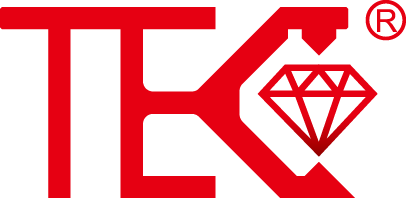InstallationandMaintenanceTipsforMagnetostrictiveLevelGauges
Understanding Magnetostrictive Level Measurement Technology
Magnetostrictive level gauges represent sophisticated technology for precise liquid level monitoring in industrial applications. These devices operate using the magnetostrictive principle, where a waveguide wire interacts with a magnetic float to determine exact liquid positions. The system generates a current pulse that travels along the waveguide, creating a torsional wave when it encounters the float's magnetic field. This interaction enables highly accurate level measurements, typically within ±1mm accuracy, making them ideal for applications requiring precise inventory control and process monitoring in chemical plants, refineries, and storage facilities.
Pre-Installation Planning and Site Assessment
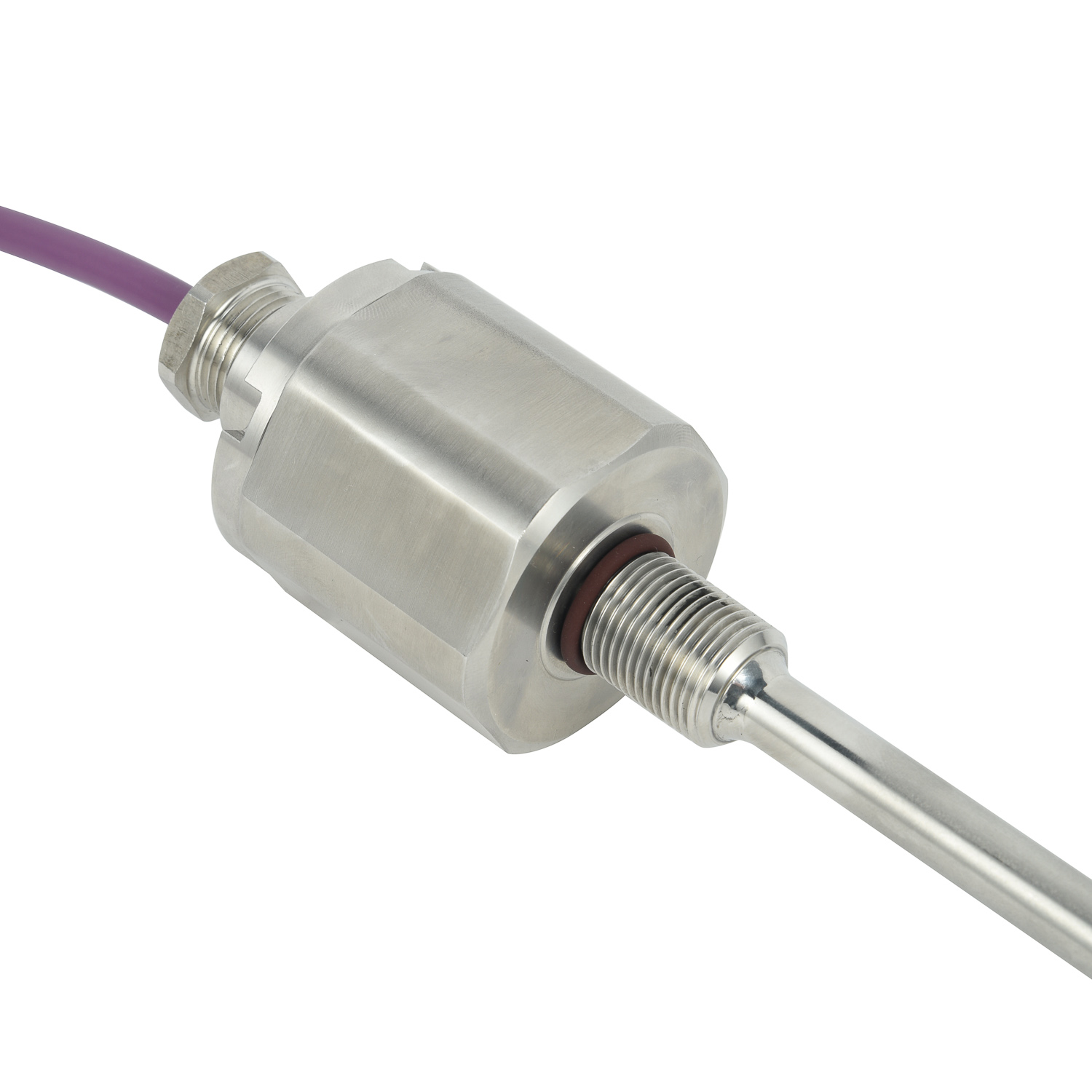
Proper installation begins with comprehensive pre-installation planning. Conduct thorough site assessment to evaluate environmental conditions, including temperature extremes, potential vibration sources, and chemical exposure risks. Verify process connections match your tank's specifications and ensure the gauge length accommodates your vessel's full level range. Check compatibility with your process fluid, considering factors like specific gravity, viscosity, and corrosiveness. Confirm electrical requirements align with available power sources and ensure adequate clearance for future maintenance activities. Document all specifications and create a detailed installation checklist before proceeding.
Step-by-Step Installation Procedure
Execute the installation following a systematic approach. Begin by isolating the tank from process operations and ensuring complete depressurization. Carefully mount the gauge using proper support brackets to minimize stress on process connections. Align the sensor vertically within ±1° to prevent measurement inaccuracies. For top-mounted configurations, ensure the float moves freely along the entire measuring length. Connect process piping according to design specifications, using appropriate gaskets and sealants. Implement proper grounding techniques and install lightning protection devices in areas prone to electrical storms. Verify all electrical connections comply with local safety standards.
Calibration and Commissioning Best Practices
Calibration transforms proper installation into accurate measurement. Utilize manufacturer-recommended procedures to establish precise zero and span points. For interface level applications, program density parameters according to process fluid characteristics. Conduct multiple test cycles to verify repeatability and accuracy across the entire measurement range. Document all calibration parameters in your maintenance management system for future reference. Complete commissioning by verifying communication with control systems, ensuring correct data transmission through various protocols like 4-20mA, HART, or Foundation Fieldbus. Perform final functional tests under actual operating conditions.
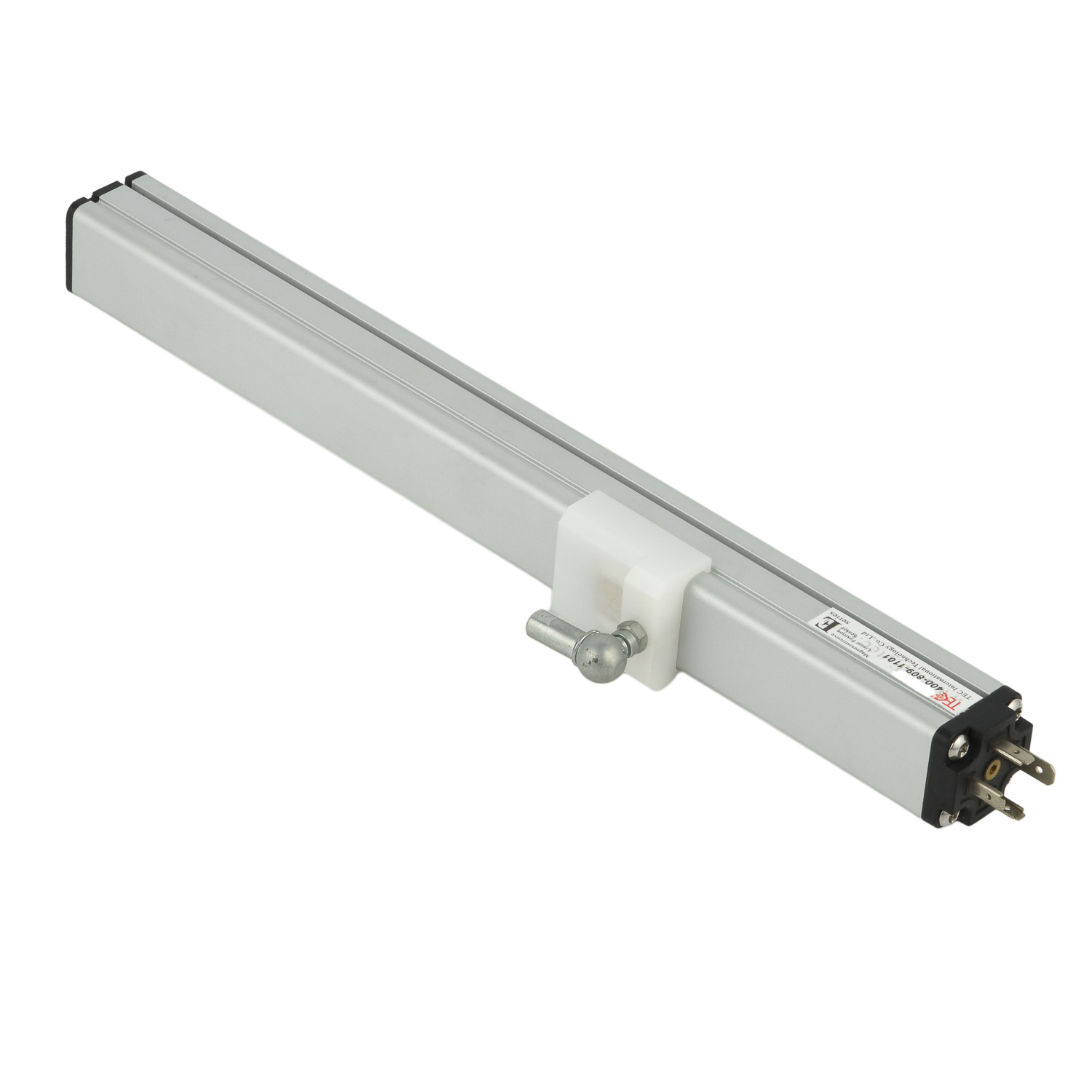
Routine Maintenance and Inspection Protocols
Implement scheduled maintenance to ensure long-term reliability. Develop quarterly inspection routines checking for float mobility, waveguide integrity, and electronics compartment seals. Monitor for signal drift or erratic readings that might indicate developing issues. Clean the float and probe assembly during planned shutdowns, removing any buildup that could affect performance. Verify calibration annually or following significant process changes. Maintain detailed service records tracking performance trends and intervention history. These proactive measures prevent unexpected failures and extend instrument service life.
Troubleshooting Common Operational Issues
Effective troubleshooting resolves most common magnetostrictive gauge problems efficiently. For erratic readings, inspect for mechanical damage to the waveguide or float. If the gauge shows fixed output, verify power supply stability and check for damaged electronics. Complete signal loss typically indicates wiring issues or electronic module failure. When measurements drift gradually, consider process density changes or float damage. For communication failures, examine network configurations and physical connections. Always reference manufacturer documentation for error codes and diagnostic procedures before considering component replacement.
Enhancing Measurement Accuracy and Longevity
Optimize performance through several strategic practices. Install thermal compensation in applications with significant temperature variations. Use stabilizing cages in turbulent media or applications with high flow rates. Implement surge protection in electrically noisy environments. Regularly update firmware to access improved features and bug fixes. Train operational staff on proper gauge operation and basic troubleshooting techniques. Establish spare parts inventory for critical components to minimize downtime during repairs. These practices collectively ensure sustained accuracy and maximize return on your instrumentation investment.
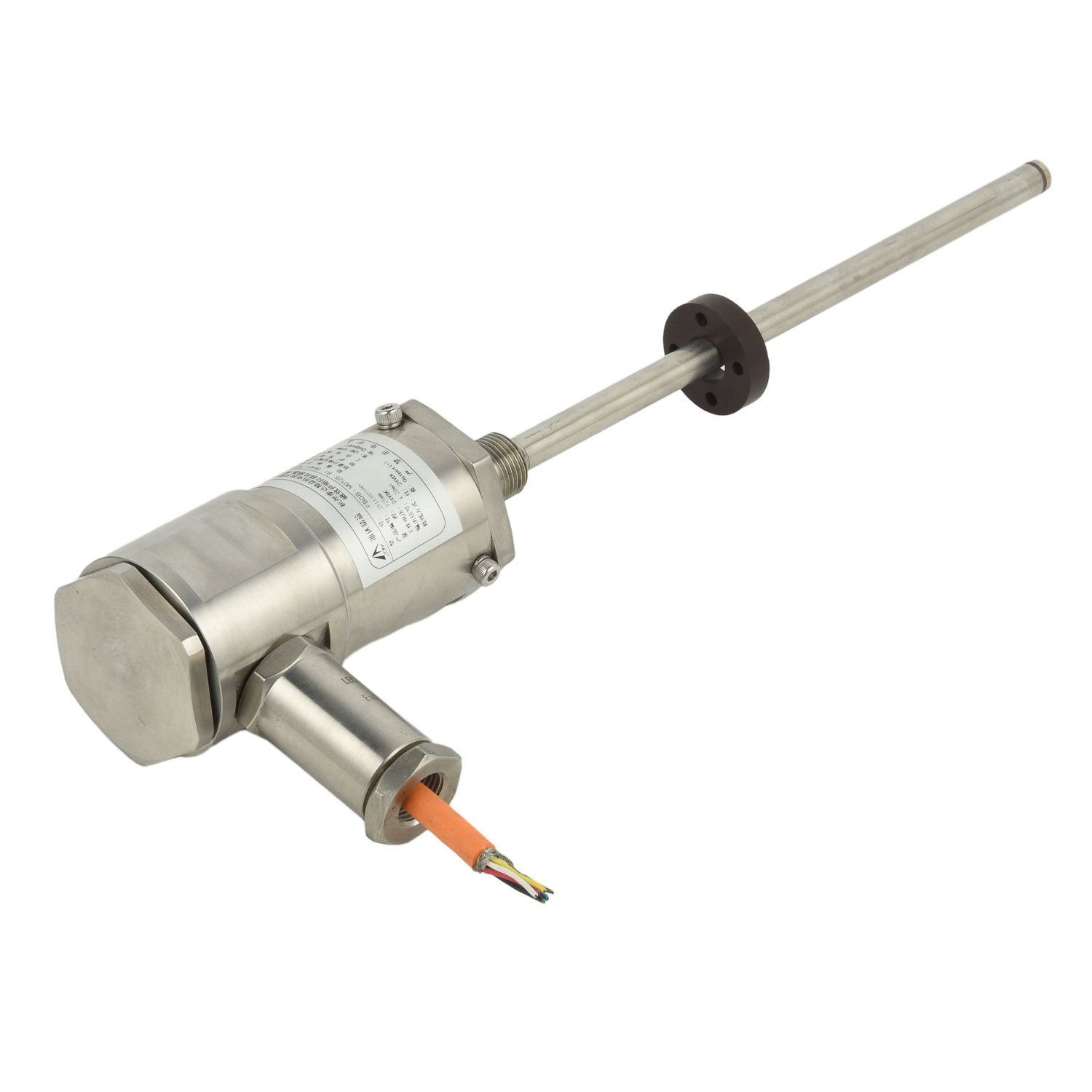 UpgradingYourLevelMeasurementS
UpgradingYourLevelMeasurementS
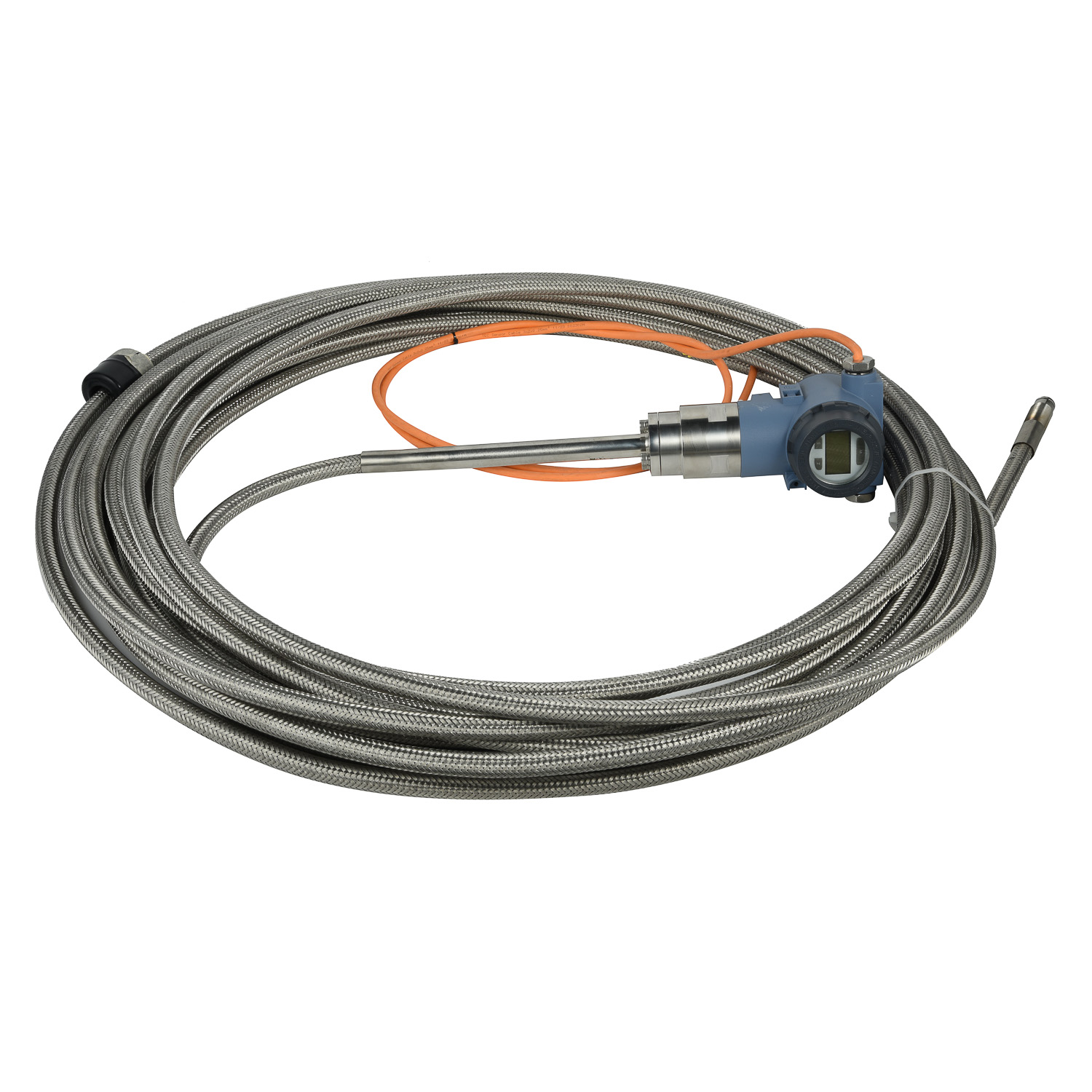 Why are magnetostrictive level
Why are magnetostrictive level
 ComparingMagnetostrictiveandRa
ComparingMagnetostrictiveandRa
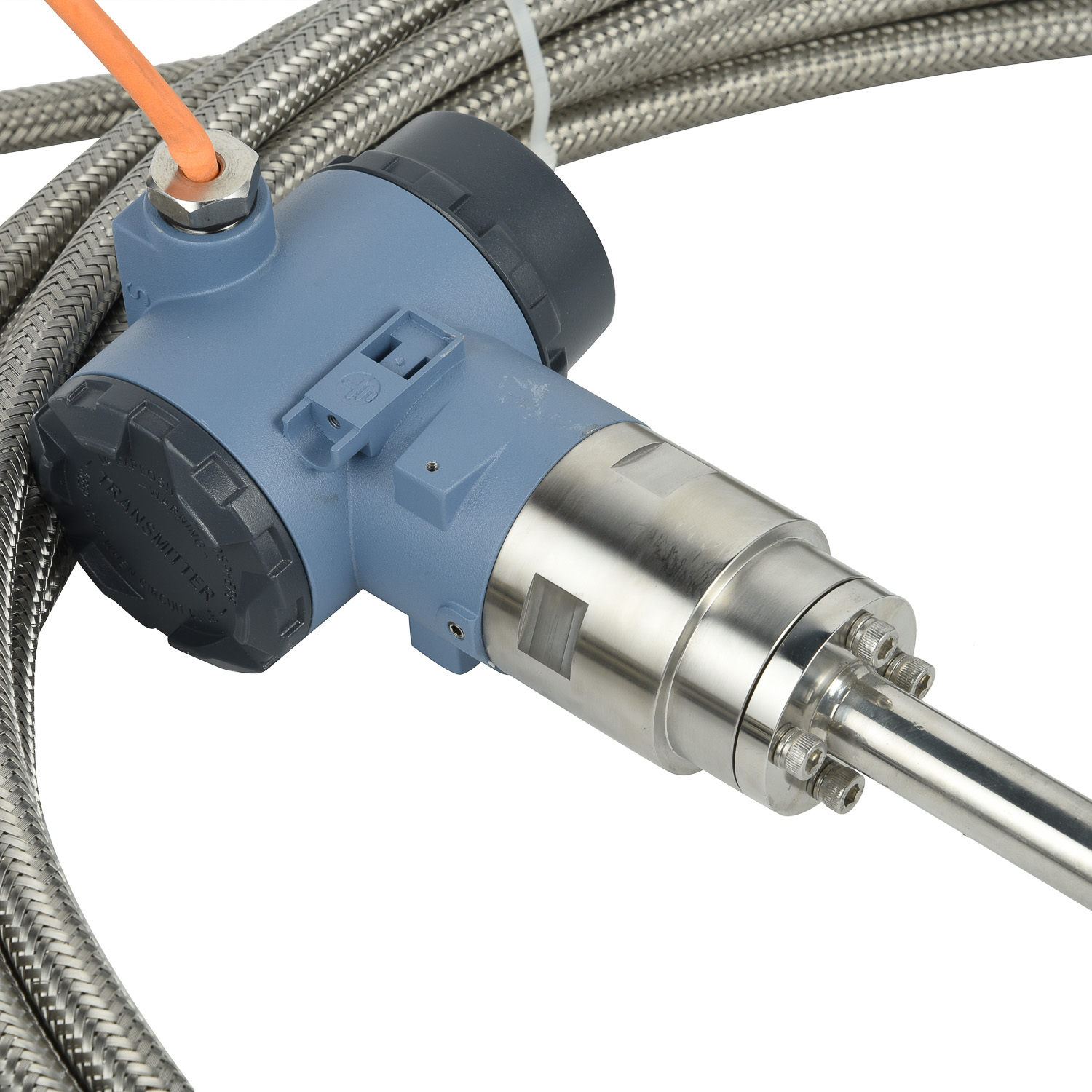 MagnetostrictiveLevelSensorfor
MagnetostrictiveLevelSensorfor
